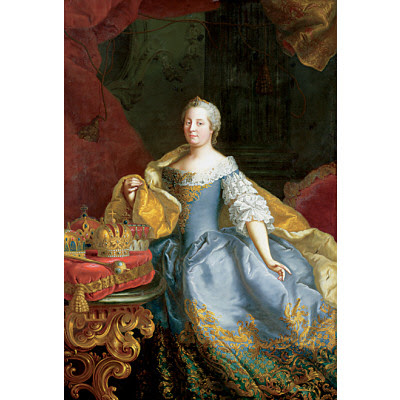The past few years have seen a tremendous surge in ocean-themed accessories, particularly of corals and particularly for decorative, table top objects. Coral has turned up on everything from drawer pulls to slippers. A few examples:
Roost produces glass urchin vases and coral branches....


Anthropologie retails a reef-design tea service based on Belleek's 1860s design for Queen Victoria...

And dominating them all is Taschen's monumentally-proportioned reprint of Albertus Seba’s Cabinet of Natural Curiosities.

What inspired this rebirth of oceanic motifs is something of a mystery. Maybe its a reaction to an increased awareness of the fragility of the planet? Maybe in an unstable world we find assurance in the handmade objects of our past? Or perhaps its the proverbial pendulum of design swinging away from the hype of mid-century modern and back to more historically-inspired design? (We're seeing precisely the same thing now with a resurgence of Bavarian style - Tyrolean motifs and coo-coo clocks are everywhere.) Whatever the reason, of all the sea-form objects out there, Chris Kabel's Coral Vase, designed in 2005, is surely the most interesting. Kabel, who graduated from the Design Academy Eindhoven in 2000 and established his studio in Rotterdam in 2004, created a limited production vase that takes a very inspired, and deeply nationalistic, spin on a 300-year old phenomenon.

Kabel's Coral Vase, designed 2005, is hand painted by José den Hartog and pierced to allow the insertion of flowers.
During the 17th century, the Dutch East India company was sailing to the Far East and returning to the Netherlands with ship loads of exotic silks and painted porcelains that kick started the world-wide obsession we know as chinoiserie. Dutch faience manufacturers, particularly those in Delft, were quick to pick up on the trend and began producing their own blue-and-white ceramics, closely resembling the popular Chinese examples. The desire for this particular color palette spread across the Continent and into England and the United States, where the striking blue designs on a white ground brightened interiors, which were primarily dark in color and heavy with wood.
Petworth House (below), built 1688-1702, in West Sussex, England, features large scale blue-and-white ceramics in the main hall and drawing room:


The 17th century also witnessed 'tulip mania', an era in which a single tulip bulb cost more than a year's salary. So important were they, that special vase-forms were developed specifically for the display of the high-value blooms. A Dutch-faience pyramid vase (below), c. 1690-1720, at the Rijksmuseum, in Amsterdam, illustrates how lavishly tulips were displayed by the wealthy. In its day, something akin to about 20 Ferrari's in your garage.

The 17th century also saw the burgeoning interest in geographic exploration result in detailed studies of never-before seen plants and animals by artists like Seba, and also Emanuel Sweert, whose Florilegium was published in Germany in 1612. The tradition continued with artists like John Wilkes, whose collection of nature drawings, Encyclopedia Londinensis, was published in 1796 (an image from which is below) and R.T. Pritchett who travelled with Charles Darwin on the HMS Beagle, documenting Galapagos findings in the mid-19th century.

Kabel's vase is so much more than shear replication of an existing form. The Roost and Anthropologie items have their place in today's design world because they make style accessible, but if you're looking for something more legitimate (and appreciable), the Coral Vase is the way to go. It is chock-full of meaning, if you know enough to see it: Chinese and Dutch antique ceramics, centuries of natural history pictures, Holland's lasting association with tulips, and a contemporary expression of national identity. It is Netherlandish history unfurled, shaken out, refreshed and repackaged.
Its one very clever distillation of design and warrants another look:

For more information on the artist, visit his website, www.chriskabel.com; for information on ordering a vase, visit the website of the Paris-based gallery, Tools: www.toolsgalerie.com


















































